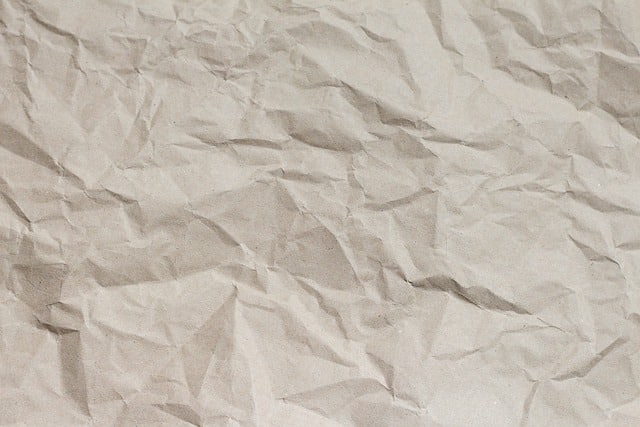
Dielectric materials, such as glass, are not good conductors of electricity.
Dielectric is an adjective that is used to describe a material that, due to its characteristics, is not a good conductor of electricity . Its electrical conductivity, therefore, is reduced.
Electricity and conductivity
It should be remembered that electricity is the force manifested through the rejection or attraction between charged particles. The form of energy that is based on this force is also known as electricity.
Electrical conductivity is the ability of a body to allow electric current to pass through it. Good drivers, in this way, do not hinder this step, unlike what happens with bad drivers.
dielectric constant
Also known as relative permittivity , the dielectric constant is a macroscopic property that is linked to the electrical permittivity (how much it is affected by an electric field) of a given dielectric medium. The ratio between the absolute permittivity and the dielectric constant of a material gives us its static permittivity.
Its effect can be seen in an electrical capacitor, by observing its total capacity. If a dielectric material other than air with a permittivity value similar to that of a vacuum is placed between two charged conductors, the storage capacity increases.
Dielectric materials
Returning to the idea of dielectric, this is how the element that is a poor electrical conductor is mentioned. This means that the electric current finds great difficulty in passing through a material that is dielectric.
Thanks to their properties, dielectric materials function as insulators . Among them it is possible to name paper , ceramics and glass . Even air is dielectric, as are other gases and also various liquids (such as castor oil ).
Dielectric strength
It is important to keep in mind that the insulating capacity is not infinite. Dielectric bodies resist a maximum value of electric field intensity known as dielectric rigidity : once this mark is exceeded, the material becomes conductive . Another name given to this concept is electrostatic rigidity . We can say that this is the stress limit that the insulators can resist before suffering a puncture; In fact, in this framework we speak of breaking stress of dielectric materials.
It can be stated, in this sense, that dielectric materials have different degrees of permittivity . This alludes to their ability to establish the electric field or not. Dielectric strength uses the unit of volts per meter (V/m) , according to the International System of Units (SI). Note that it is not uncommon to find other units, which are multiples of the previous one; for example, megavolts per meter, kilovolts per millimeter, or volts per centimeter. In the United States, since they do not use the meter and its related units but the inch, it is common to find volts per thousandth (V/mil) , since the latter is equivalent to an inch divided by a thousand.

Paper is an example of a dielectric material.
To convert from volts per meter to volts per thousandth we have two ways: a unit of V/m corresponds to 2.54 times 10 to the power of -5 V/mil; A unit of V/mil corresponds to 3.94 times 10 to the power of 4 V/m. Below we list some of the dielectric materials with their respective dielectric strength values expressed in megavolts per meter or, since the figures are equivalent for both units, in kilovolts per millimeter:
* helium : 0.15;
* alumina : 0.4 to 3, depending on pressure;
* silicone or mineral oil : 10 to 15,
* polystyrene : 19.7;
* neoprene rubber : 15.7 to 27.6;
* vacuum : 20 to 40, a variation that is due to the shape of the electrode in each particular case;
* wax paper : 40 to 60;
* mica : 20 to 70;
* waxed paper : 32 to 40, depending on the thickness of the material.
